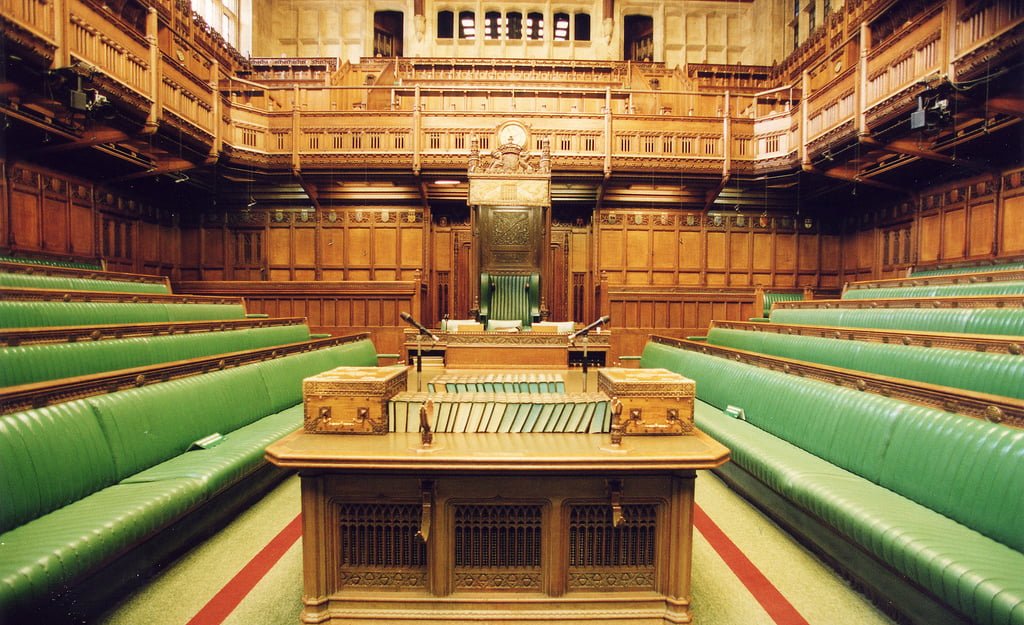Mastering Politics: What’s the House of Commons?
Share:

It’s not unnatural to watch the news and still not know what the House of Commons is or know exactly how it works. How else would you know about it unless you’ve read up on it?
Well, you’re reading up on it now.

So, the House of Commons is where Members of Parliament (if you’re unsure what one of those is, check out this guide to understanding them here) congregate to vote and debate on key matters of legislation and policy.
Every Wednesday, the House of Commons plays host to Prime Minister’s Question Time (known as PMQs) which is where MPs get to grill the Prime Minister. Often, it’ll get very shouty and aggressive and lots of people get very heated. Many Prime Ministers say it is the worst and most nerve-wracking part of their week.
At PMQs and in debates, MPs sit in certain places. The party in government (with the majority of MPs) sit on the left and the parties in opposition on the right. Those in the cabinet or shadow cabinet sit at the front while MPs with no senior position sit at the back. They are known as ‘backbenchers’.
Debates in the House of Commons take place pretty much every day. MPs are free to attend (or not) any debate that interests them and can volunteer to speak in one.

Voting in the House of Commons is one of the most interesting parts. There will usually be a ‘party line’ to follow, which means that each party will want all of its members to vote one way or another. Getting them to do this is carried out by the party whips.
So, for example, if there is a vote on more funding for the NHS, the Conservative Party may tell its MPs to vote against it while Labour, Green and Liberal Democrat MPs will be told to vote for the motion. An MP can rebel against the party whip, but it doesn’t do them any good in terms of furthering their career.
Those voting for a motion will walk down the Ayes Lobby to the right while those voting against will walk down the Nose to the left.
